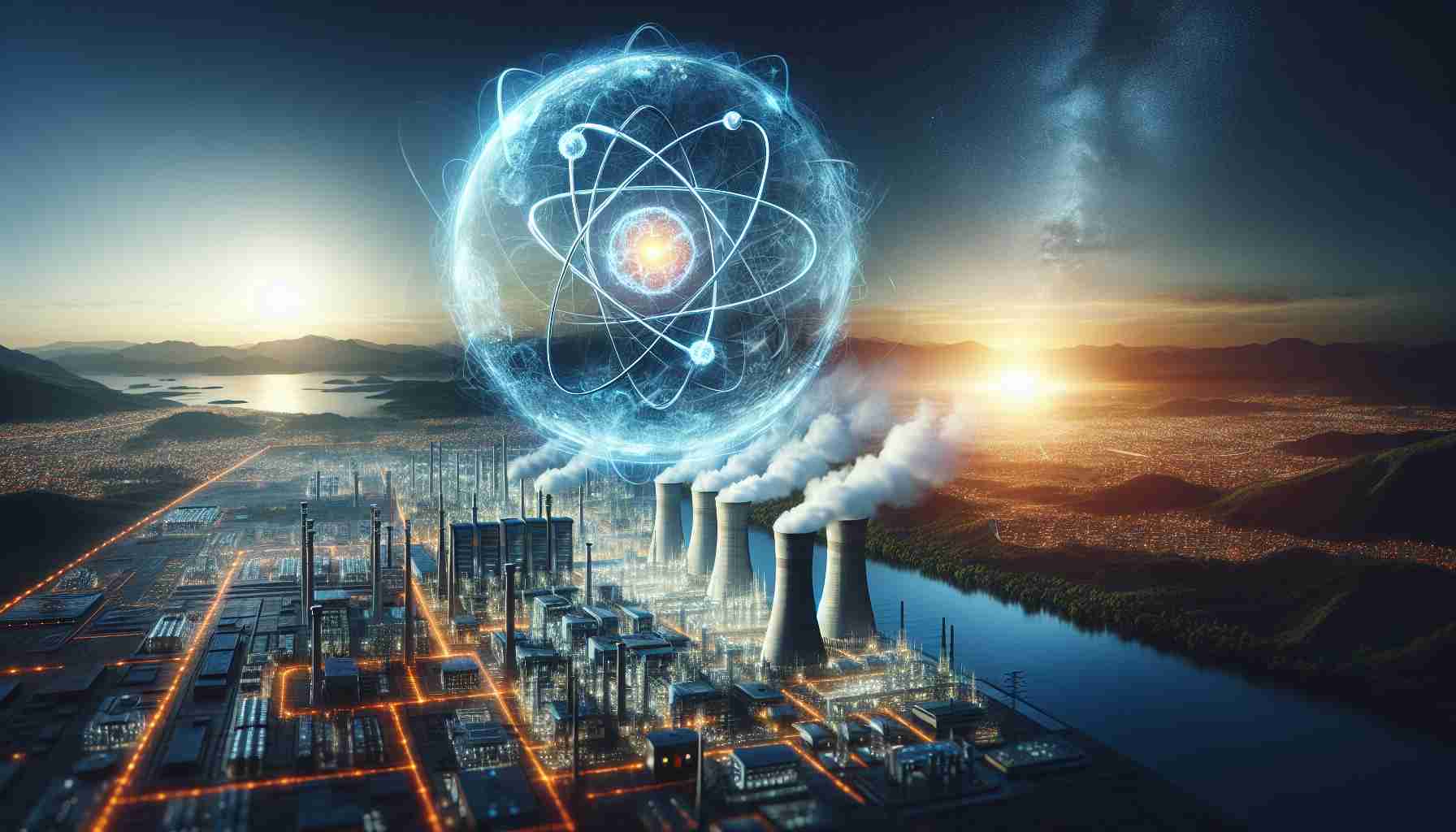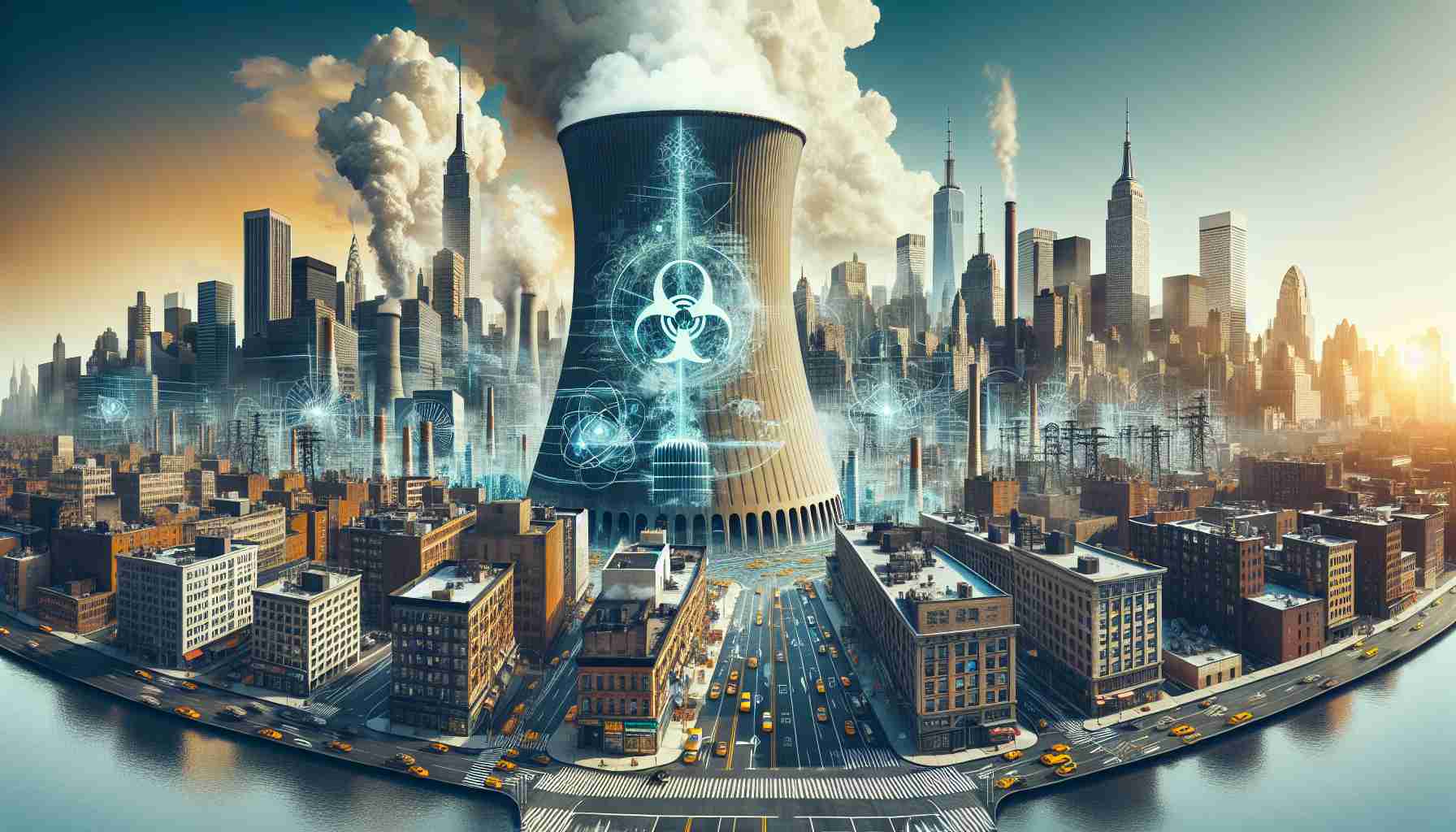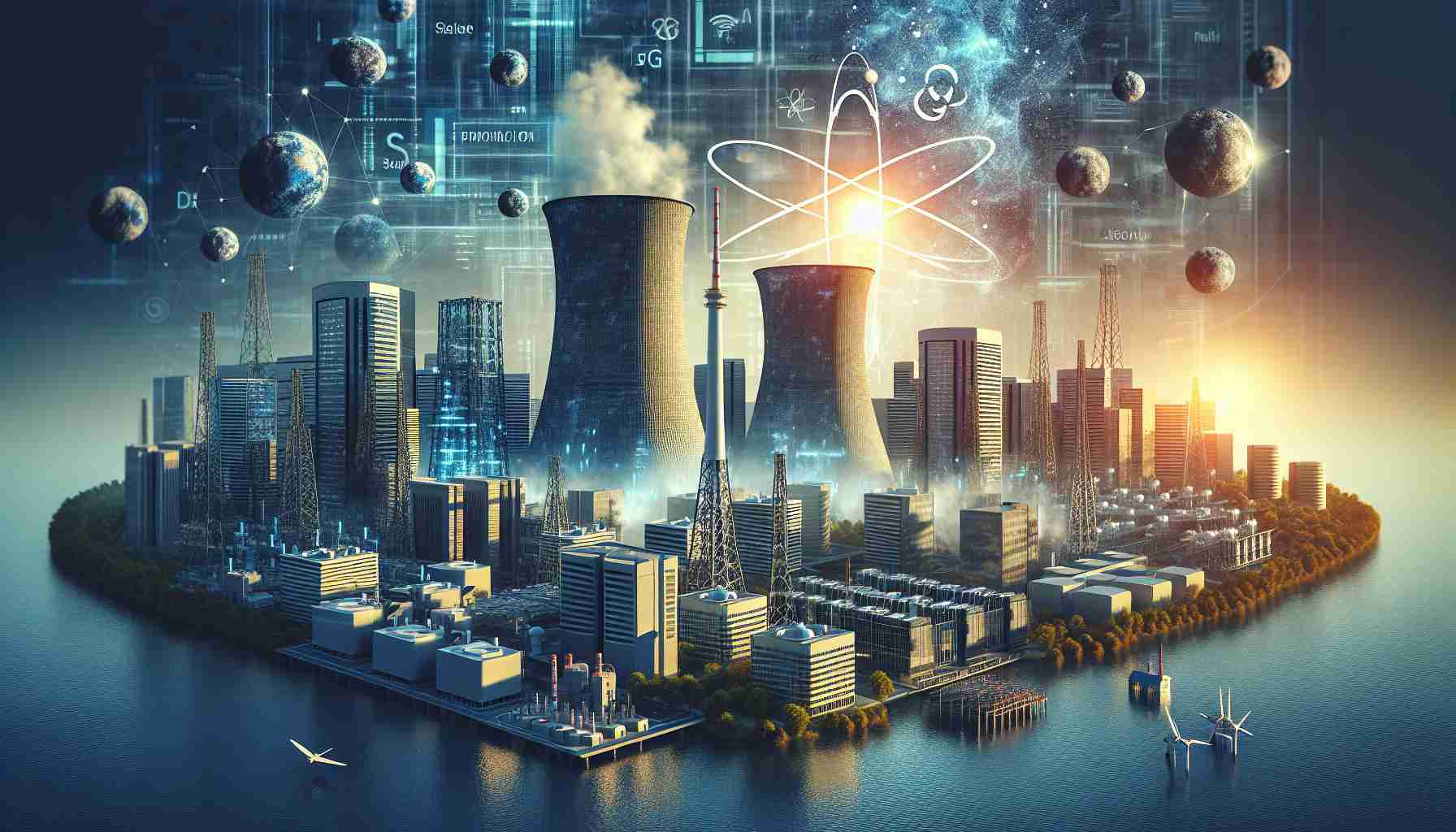Nuclear energy is experiencing a resurgence, presenting a vital solution to meet the surging energy requirements. Once a mainstay of carbon-free energy in the U.S., nuclear now represents 50% of the nation’s non-fossil fuel electricity, as reported by the U.S. Energy Information Administration. The growing demand for energy driven by artificial intelligence, electric vehicles, and charging stations has ignited bipartisan enthusiasm for expanding nuclear capabilities.
However, the process of selecting the ideal site for new nuclear facilities is intricate and fraught with challenges. Due to potential catastrophic risks associated with nuclear accidents, sites face stringent scrutiny and significant political pressure. Interestingly, a majority of Americans have shown favor towards increasing nuclear energy, yet prevailing negative attitudes can delay or derail these projects.
To address these complex factors, energy providers are increasingly utilizing location intelligence technologies. Identifying safer locations is essential, as nuclear plants must be strategically placed away from fault lines, urban areas, and other environmental risks. Access to water for cooling while avoiding flood-prone regions is also a critical consideration. Geographic Information System (GIS) technology is vital in mapping hazards and analyzing the viability of potential sites for nuclear installations.
With innovations in nuclear technology, including small modular reactors (SMRs), the scope for site selection is expanding. Utilities are actively evaluating potential locations for these reactors, focusing on safety and efficiency to propel the future of nuclear energy. In this energy transition, making informed decisions is paramount for success.
Implications of the Resurgence of Nuclear Energy
The renewed focus on nuclear energy resonates deeply within the context of a society grappling with climate change and escalating energy demands. As nuclear energy accounts for roughly 50% of the nation’s non-fossil fuel electricity, its resurgence could dramatically reshape the U.S. energy landscape. An embrace of nuclear power aligns with cultural shifts toward sustainability and technological advancement, particularly amid the global push for reducing greenhouse gas emissions.
The economic ripple effects are significant. Investments in nuclear facilities promise not only to create jobs in construction and engineering but also to propel technological innovations. The development and deployment of small modular reactors (SMRs) could lead to a revitalization of the nuclear sector, ultimately making energy generation more accessible and efficient. In a world increasingly reliant on electric vehicles and AI technologies, expanding nuclear capacity could alleviate pressure on the already strained energy grid.
From an environmental perspective, nuclear energy presents a mixed bag. While it offers a low-carbon alternative to fossil fuels, concerns about nuclear waste disposal and potential accidents persist. Advocates argue that the long-term viability of nuclear is critical, as it can provide a stable base load to complement intermittent renewable sources.
Future trends may witness a greater integration of technology and energy as GIS and other location intelligence applications optimize nuclear facility siting. This strategic choice could mitigate risks and enhance public acceptance, as a more transparent process may help alleviate fears surrounding nuclear accidents. Ultimately, the long-term significance of nuclear energy lies not only in its capacity to meet immediate energy needs but also in its role in fostering sustainable growth, crafting resilient communities, and enabling a green economy.
Nuclear Energy’s Revival: The Key to a Sustainable Future
Nuclear energy is undergoing a significant renaissance, emerging as a crucial player in addressing the escalating energy demands of modern society. The U.S. Energy Information Administration indicates that nuclear power currently accounts for 50% of the country’s non-fossil fuel electricity, solidifying its status as a cornerstone of clean energy sources. This renewed interest in nuclear energy is largely driven by the surging demands from sectors such as artificial intelligence, electric vehicles, and the infrastructure needed to support them, leading to bipartisan support for expanding nuclear capabilities.
Key Features of Nuclear Energy
1. Carbon-Free Energy Source: Nuclear power generates electricity without carbon emissions, making it an essential component in the fight against climate change.
2. High Energy Density: Nuclear energy offers significantly higher energy output per unit of fuel compared to fossil fuels or renewable sources, providing a reliable energy supply.
3. Long-term Viability: With advancements such as small modular reactors (SMRs), nuclear energy is poised to become more flexible and adaptable to various energy markets.
Pros and Cons of Nuclear Energy
Pros:
– Low greenhouse gas emissions during electricity generation.
– Reliable and stable energy supply, reducing dependence on fossil fuels.
– Potential for technological innovations, increasing safety and efficiency.
Cons:
– Concerns over nuclear accidents and the long-term storage of radioactive waste.
– High initial costs and long development timelines for new reactors.
– Political and public resistance towards new nuclear projects due to historical incidents.
Use Cases for Nuclear Energy
– Power Generation: As a major electricity source, especially for large urban areas and industrial applications.
– Desalination: Utilizing nuclear reactors to provide fresh water in arid regions through desalination processes.
– Hydrogen Production: Generating hydrogen fuel through nuclear thermal energy, promoting cleaner alternatives for transportation.
Innovations and Trends in Nuclear Technology
Nuclear technology is evolving with significant innovations aimed at improving safety and efficiency:
– Small Modular Reactors (SMRs): These compact reactors offer enhanced safety features, reduced capital costs, and can be deployed in a more flexible manner.
– Advanced Reactors: Developments in Generation IV reactors promise even greater efficiency and sustainability, addressing concerns about waste and safety.
Security Aspects and Public Perception
While public opinion is increasingly favorable towards nuclear energy, driven by its carbon-free advantages, the safety concerns stemming from past accidents continue to impact project approvals. Addressing these apprehensions through transparency, education, and advanced safety measures is necessary for the industry’s growth.
Limitations and Challenges
– Site Selection: Choosing appropriate locations for nuclear facilities is critical. Sites must be evaluated meticulously for seismic stability, environmental risks, and accessibility to water sources for cooling.
– Regulatory Hurdles: The lengthy approval processes and stringent regulations can delay project timelines significantly.
Market Analysis and Future Predictions
Looking ahead, the nuclear energy market is expected to grow due to increasing energy demands and the shift towards carbon neutrality. Analysts predict a rise in investment in nuclear technology, particularly in SMRs, as power utilities aim to diversify their energy portfolios.
Conclusion
The resurgence of nuclear energy presents an opportunity to meet the growing energy needs sustainably. By leveraging advanced technologies and addressing the multifaceted challenges associated with site selection and public perception, the nuclear industry holds the potential to be a significant player in the global transition towards a greener future.
For more information about the latest in energy technologies, visit Energy.gov.
The source of the article is from the blog smartphonemagazine.nl



